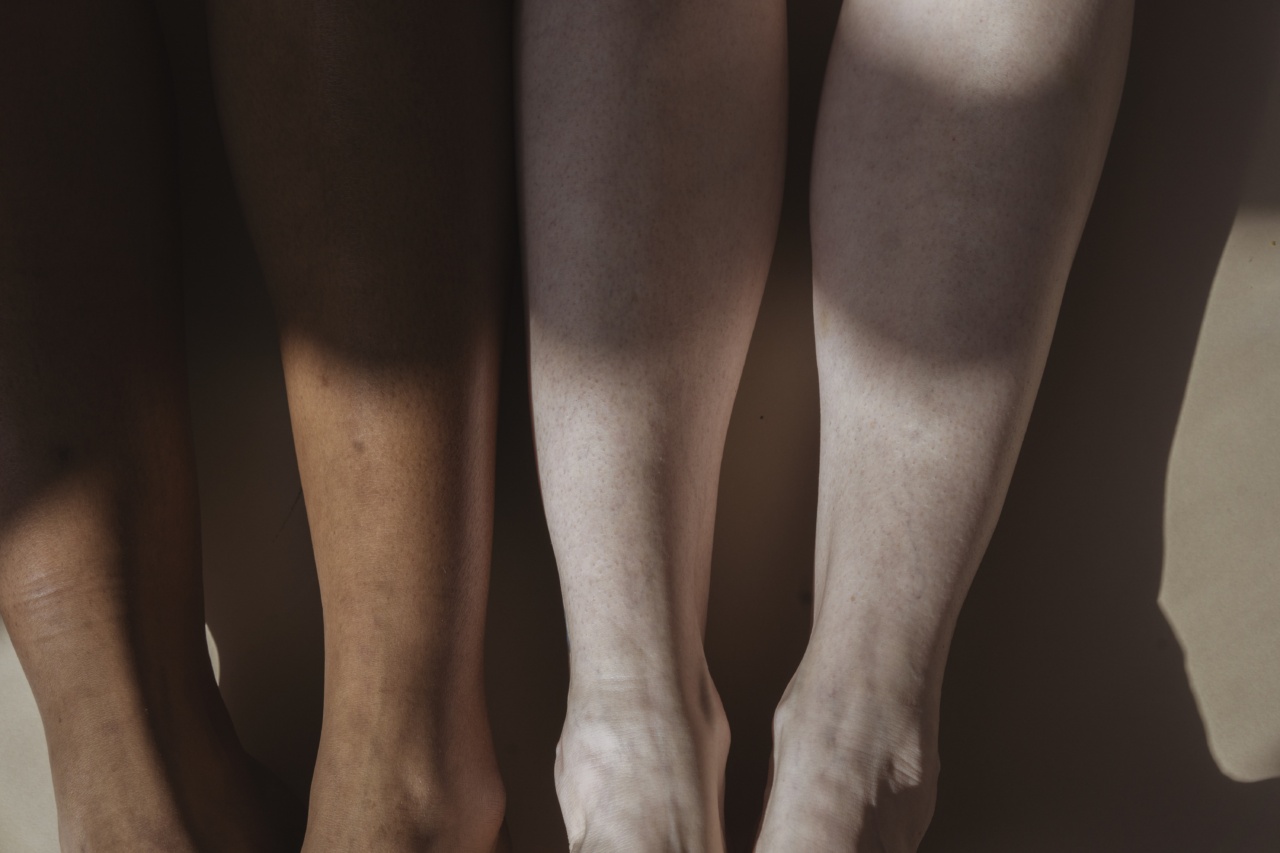The thyroid gland is responsible for regulating various metabolic functions in the body, including skin health. When the thyroid gland produces too much or too little hormones, it can lead to a variety of skin disorders and changes.
In this article, we will discuss the connection between thyroid disorders and the skin.
How does the thyroid gland affect the skin?
The thyroid gland produces two main hormones, thyroxine (T4) and triiodothyronine (T3), which play a crucial role in regulating the body’s metabolism.
When the thyroid gland produces too much or too little hormones, it can cause a range of skin disorders such as:.
: 1. Dry skin
Hypothyroidism (underactive thyroid) can cause dry, rough, and itchy skin. This is because the reduced production of thyroid hormones can slow down the skin’s natural shedding process, and the skin becomes dry and flaky.
: 2. Hair loss
The thyroid gland affects hair growth and texture. Hyperthyroidism (overactive thyroid) can cause hair loss on the scalp, eyebrows, and other parts of the body. Meanwhile, hypothyroidism can lead to hair thinning and dry, brittle hair.
: 3. Changes in skin texture
Thyroid disorders can affect the skin’s underlying structure. Hypothyroidism can cause a buildup of the protein keratin in hair follicles, which can lead to rough-textured skin.
Meanwhile, hyperthyroidism can cause the skin to become thinner and more fragile.
: 4. Brittle nails
Hypothyroidism can lead to brittle nails that have ridges and are prone to breaking. This is because the thyroid hormone regulates nail growth and strength.
: 5. Changes in skin color
In some cases, thyroid disorders can cause changes in skin color. Hypothyroidism can cause the skin to become pale, while hyperthyroidism can cause the skin to become flushed and red.
In rare cases, hyperthyroidism can also cause the skin to become yellow or orange.
: 6. Acne
The thyroid hormone regulates sebum production in the skin. An imbalance of this hormone can lead to excessive oil production, which can cause acne breakouts.
How can thyroid disorders be treated?
The treatment of thyroid disorders depends on the underlying cause. Hypothyroidism is usually treated with levothyroxine, a synthetic form of the thyroid hormone.
Meanwhile, hyperthyroidism can be treated with medications that reduce the production of thyroid hormones or by destroying the thyroid gland with radioactive iodine. In severe cases, surgery may be required to remove the thyroid gland.
Conclusion
The thyroid gland plays a critical role in regulating various metabolic functions in the body, including skin health.
Thyroid disorders can cause a range of skin disorders and changes, including dry skin, hair loss, changes in skin texture, brittle nails, changes in skin color, and acne. If you are experiencing any of these symptoms, it is essential to consult a doctor to determine the underlying cause and receive appropriate treatment.






























